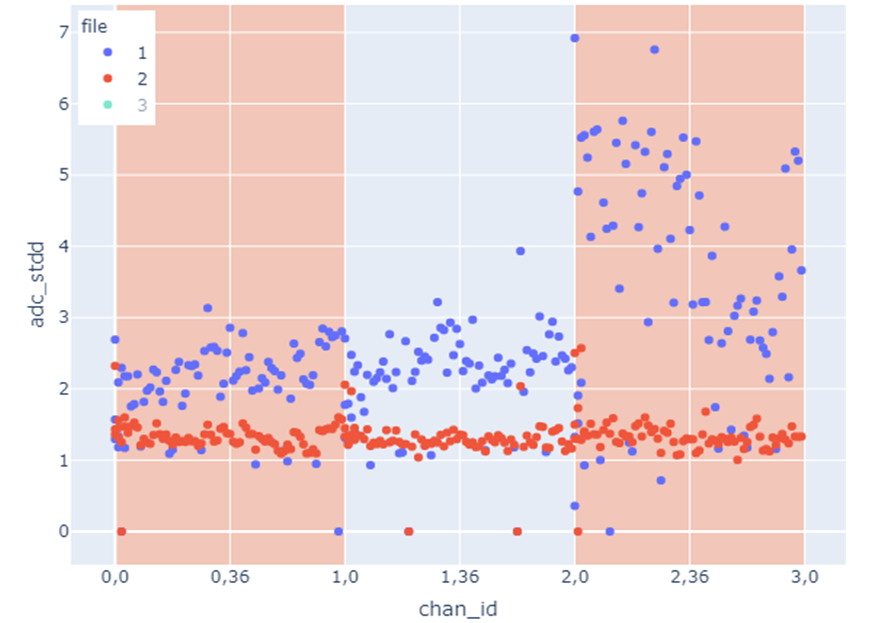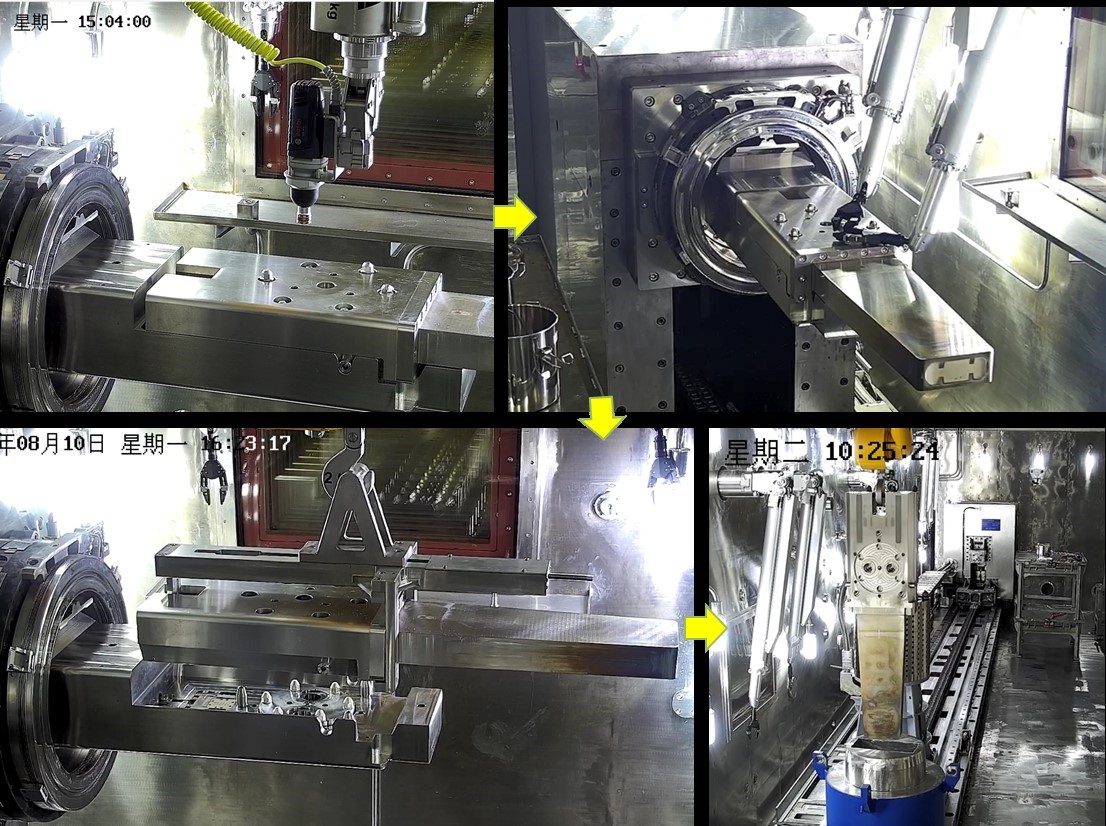CSNS’s First Year Highlights
The China Spallation Neutron Source (CSNS) – a high-intensity proton accelerator-based stable neutron source – has now completed its first round of operations after officially passing national acceptance and opening to users last summer.
The 400-acre, large-scale scientific facility, which is located in Dongguan, Guangdong Province, is one of only a few pulsed neutron source facilities in the world. The others are located in the UK, the U.S. and Japan.
Since it officially opened, CSNS has completed 40 user experiments, covering research in many fields, such as superconducting materials, lithium batteries and new hydrogen storage materials. Numerous articles have been published in academic journals based on CSNS data.
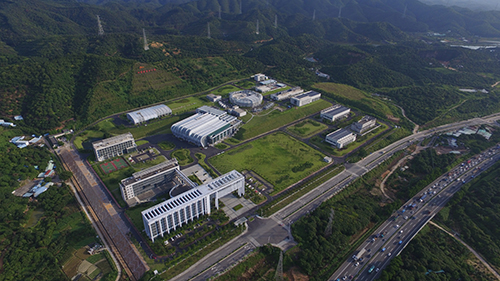
Aerial view of the CSNS campus (Image by IHEP)
In addition to the neutron source itself, CSNS comprises 3 initial research instruments that use the neutrons produced by the proton accelerator. These include the General Purpose Powder Diffractometer (GPPD), the Multiple Purpose Reflectometer and the Small-angle Neutron Scattering instrument.
The first scientific results from a user experiment came from the GPPD.
Researchers from Peking University collaborated with the GPPD team to analyze battery cathode material and identified a ubiquitous structural defect affecting the charge and discharge performance of the material.
“We are actually the end equipment,” said Dr. He Lunhua, a researcher at the Institute of Physics of the Chinese Academy of Sciences and the primary investigator of GPPD. “The other teams work so hard to provide high quality neutrons. We must use them well."
Compared with the BT1 neutron diffractometer at the National Institute of Standards and Technology (NIST, USA), the GPPD at CSNS shows outstanding performance. "Our equipment has a low signal-to-noise ratio and the error is small, so the quality of the data we obtained is very high," said Dr. He.
CSNS has now launched its second round of operation. In addition to meeting users’ needs, CSNS researchers are responsible for cultivating users in various fields and making sure the "big machine" is in top condition. CSNS plans to arrange more than 20 user experiments in the first half of 2019.
Training users how to use the facility is critical to CSNS’s success since such a large-scale scientific facility relies on high quality user experiments. However, many users have no idea what to do with a spallation neutron source.
Zhang Junrong, a senior researcher of user software development and data analysis, noted that primary users with little experience need help from CSNS to determine what kind of data they need for research. "We are doing 'translation' for them,” said Zhang. “The data we obtain is actually very primitive and needs to be selectively extracted after being converted into valid data.”
CSNS has tried to improve communication with users by organizing user meetings and promoting public engagement. The good news is that the user group is getting stronger. In the second round of operation, CSNS has received 76 proposals. "Compared with the number of topics received before, the number of users is growing fast, and most of them are domestic users," said Dr. He.
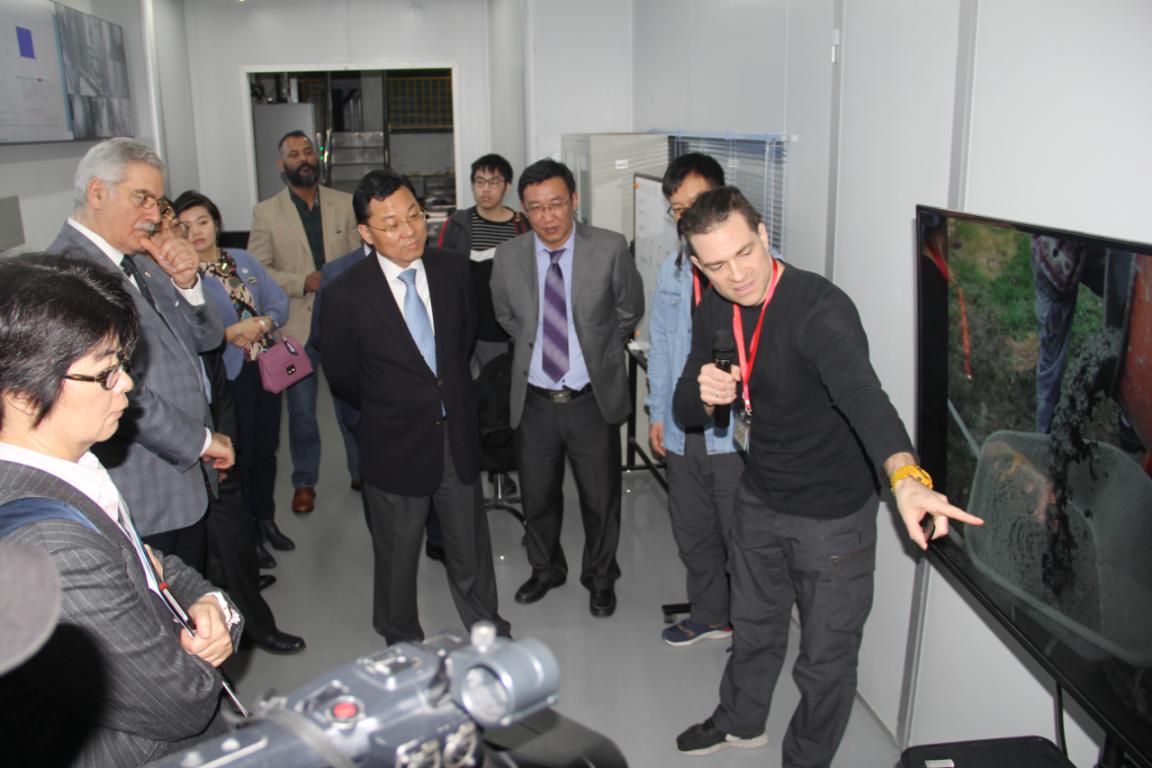
User from the UK presenting his research (Image by IHEP)
CSNS works by accelerating protons that strike a tungsten target, thus producing neutrons. To achieve this goal, groups involving accelerators, target stations, moderators, and instruments all need to work together. Any small problem will cause the whole process to stop.
For example, the linac RF group has experienced various problems requiring immediate attention. Li Jian, group leader of the RF system, said he doesn’t like to hear his mobile ring. “Once it rings, it means we must rush to the site immediately, even late at night,” said Li. “A lot of work needs to be continued, despite the fact that CSNS has been officially put into use.”
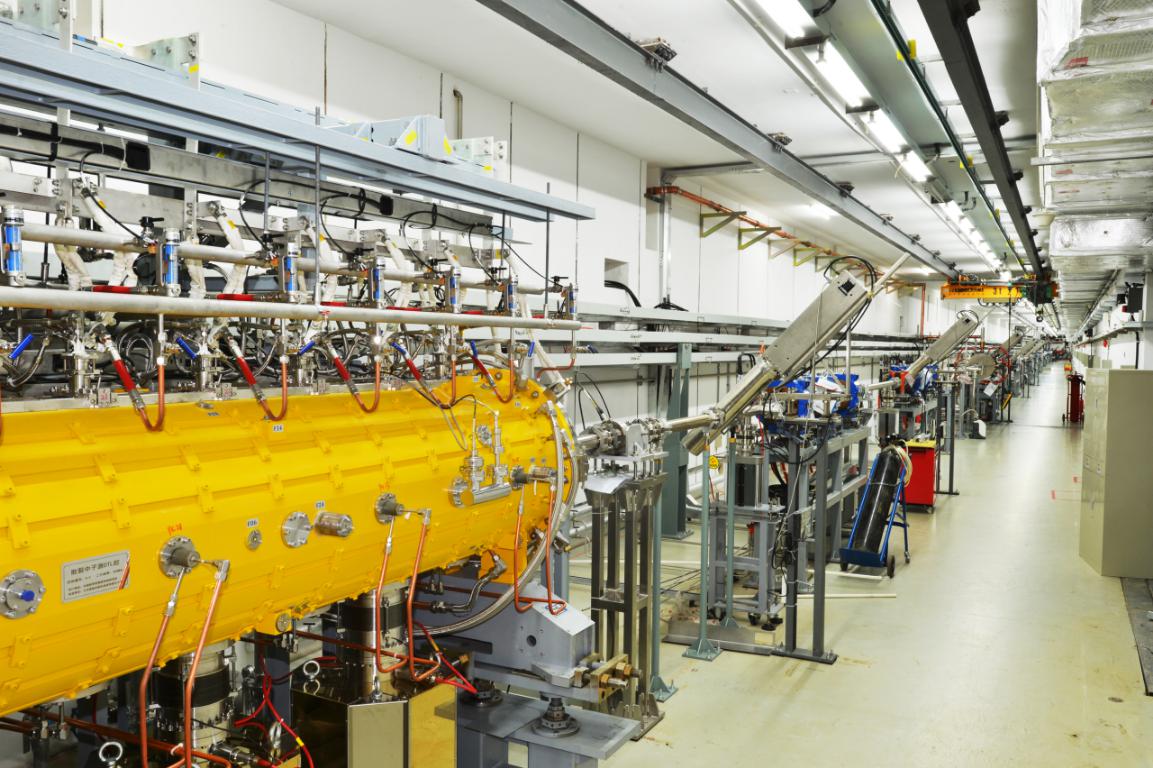
Linac tunnel (Image by IHEP)
Construction of CSNS Phase II will soon begin. As part of Phase II, more instruments will be put into use and beam power will be upgraded to 100 kW, thus increasing the facility’s efficiency. CSNS Deputy Director Jin Dapeng said the mission of CSNS is to build a scientific hub that will attract users from all over the world. "We have no plans to withdraw after construction. Instead, we will put more effort into the project," Deputy Director Jin said.
CSNS is located near the Songshan Lake Science and Technology Industrial Park. The Park is recognized for its innovative research centers and economic vitality as well as a beautiful environment featuring green coverage of more than 60%.
Contact Information
Mr. Guo Lijun
ljguo@ihep.ac.cn
